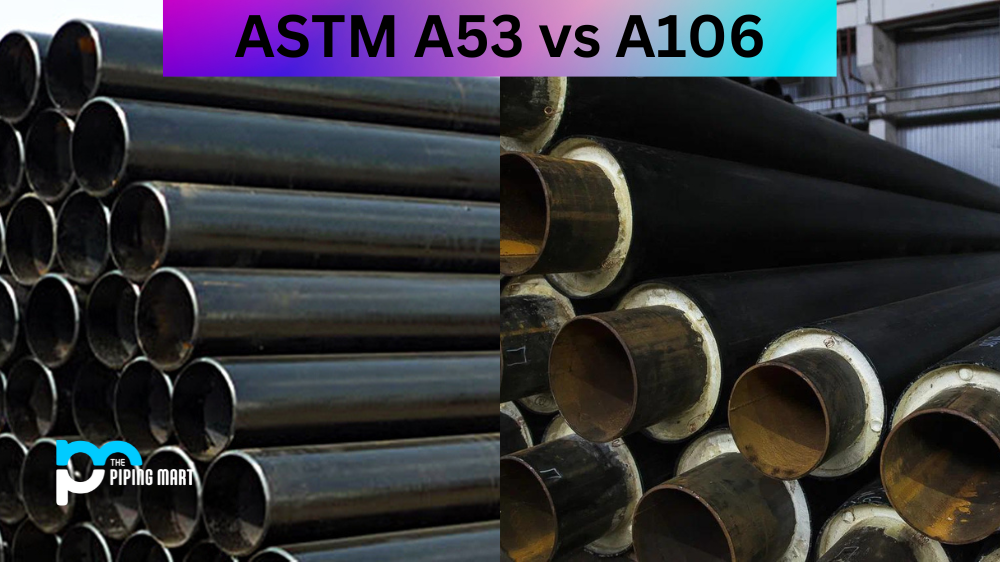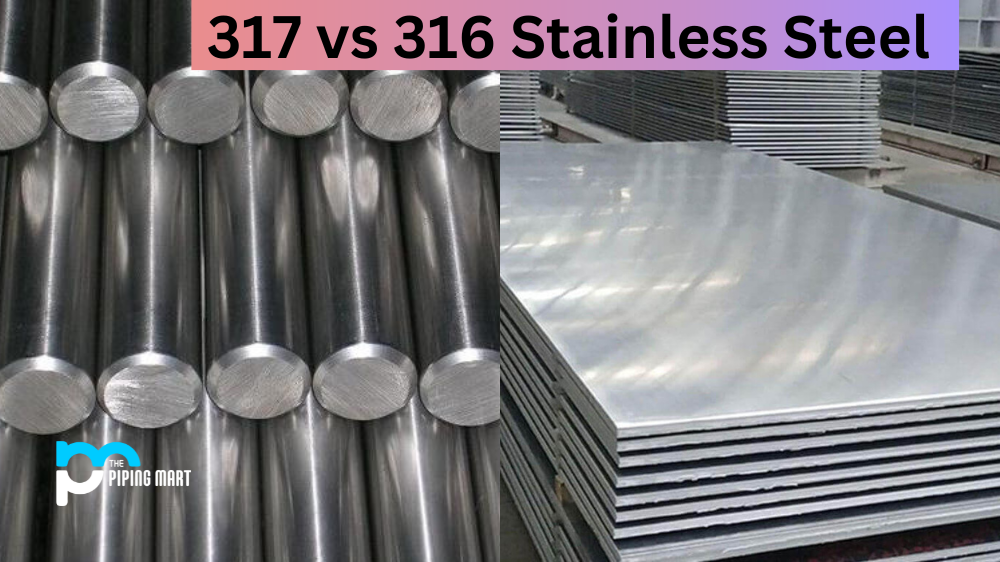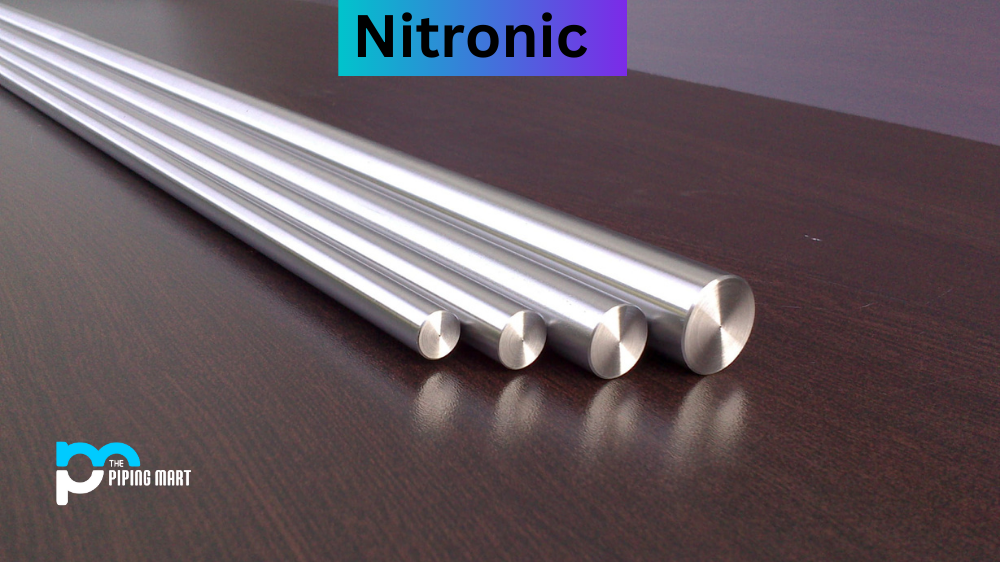If you are in the market for pipes, you have probably come across the terms ASTM A53 and A106. These two pipe specifications are some of the most common in the market, but what exactly sets them apart? In this blog post, we will explore the key differences between ASTM A53 and A106 and what you need to consider when choosing between the two.
Difference Between ASTM A53 and A106
Chemical Composition
One of the most significant differences between ASTM A53 and A106 is their chemical composition. A106 is made of carbon and manganese, with trace amounts of silicon and copper, while A53 is made of carbon and manganese, with a slightly higher percentage of carbon than A106. This difference in composition affects the mechanical properties of the pipes, making A106 stronger and more suitable for high-temperature applications.
Manufacturing Process
A53 and A106 are manufactured using the same procedure, i.e., hot-dipped galvanization or cold-drawn seamless (CDS) manufacturing process. However, the manufacturing process of A106 involves normalization and quenching, which improves its strength and flexibility compared to A53, which only undergoes a cold-working process.
Usage and Application
The application and usage of ASTM A53 and A106 pipes differ depending on the intended use. A53 pipes are commonly used for low-pressure water and gas transport applications. In contrast, A106 pipes are widely used in higher-pressure and temperature applications, such as steam and boiler piping.
Availability and Cost
ASTM A53 pipes are more readily available and generally less expensive than A106 pipes. This is because A53 pipes are more widely produced, while A106 is a specific pipe type usually used for high-temperature applications, which has affected its production and supply.
Compliance Standards
ASTM A53 and A106 have compliance standards and certifications to consider when purchasing. ASTM A53 complies with most international safety and environmental standards, while A106 complies with strict safety and performance standards, such as ASME B31.1 and B31.3. This difference means that A106 pipes must undergo more rigorous testing and inspections, which can translate to higher costs.
Pressure Rating
The pressure rating is the third main difference between ASTM A53 and ASTM A106 steel pipes. While both types of pipe have a maximum pressure rating, the ratings for ASTM A106 pipe are generally higher than those for ASTM A53 pipe. This means that it can withstand higher pressures without failing.
Temperature Rating
The temperature rating is the fourth main difference between ASTM A53 and ASTM A106 steel pipes. Both types of pipe can be used at high temperatures, but ASME SA 106 Grade B pipe is typically used at higher temperatures than ASME SA 53 Grade B pipe. This means that it can withstand more extreme temperatures without failing.
Conclusion
In summary, ASTM A53 and A106 are common types of pipes used in various industrial and commercial applications. Your choice between the two depends on multiple factors, such as their chemical composition, manufacturing process, intended usage, availability, and compliance standards. It is essential to consult with your supplier or engineer to determine the right choice for your intended application. Ultimately, the right choice will ensure your piping system’s safe and efficient operation and guarantee successful project results.

Pipingmart is a B2B portal that specializes in metal, industrial and piping items. Additionally, we share the latest information and information about materials, products and various types of grades to assist businesses that are involved in this business.




